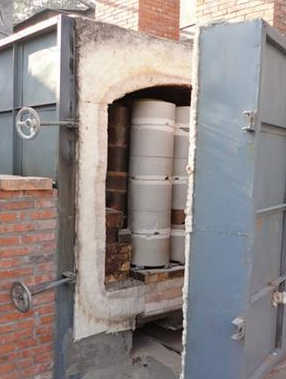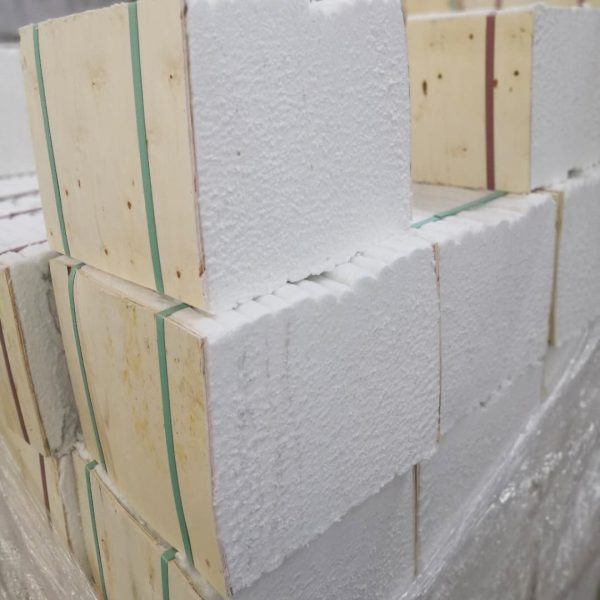Precautions for the Use of Ceramic Fibers in Ceramic Kilns
Table of Contents
Ceramic factories are high-energy-consuming enterprises, characterized by high electricity and fuel consumption. The combined costs of these two aspects account for almost half or more than half of the production costs in ceramic manufacturing. Faced with intensifying market competition, how ceramic factories effectively conserve energy and reduce costs becomes crucial. The efficiency of using ceramic fiber linings in kilns is of paramount importance. Today, Aladdin will introduce several precautions for using ceramic fibers in kilns at ceramic factories to help you save costs and enhance production efficiency.
01 Pay Attention to Operating Temperatures
It’s crucial to pay attention to the operating temperatures of ceramic fiber products. When selecting materials, follow the product specifications while leaving room for consideration. Do not mistake the classification temperature as the long-term operating temperature. Additionally, rigorously calculate the temperatures of the operating parts to prevent overusing inadequate materials or vice versa.

02 Anti-Erosion Treatment at High-Speed Burner Locations
Many ceramic kilns use high-speed burners. Due to the lower resistance of ceramic fibers to high-speed gas flow erosion, stacking Anchor-Tech ceramic fiber module can enhance their erosion resistance. Alternatively, consider applying a layer of Anchor-Tech high-temperature coating on the inner wall of the fiber kiln. This not only enhances the fibers’ resistance to erosion, airtightness, and corrosion but also improves the radiation heat transfer efficiency of the kiln lining.
03 Air Tightness of Kilns
The air tightness of kilns is also a critical factor affecting the lifespan of fiber linings. Using a steel outer shell can control the zero-pressure point inside the kiln at a distance of 70-100mm from the inner surface of the kiln lining. This reduces the thermal impact of high-temperature gases on the inner wall of the fiber kiln, significantly extending the service life of ceramic fiber kiln linings.



